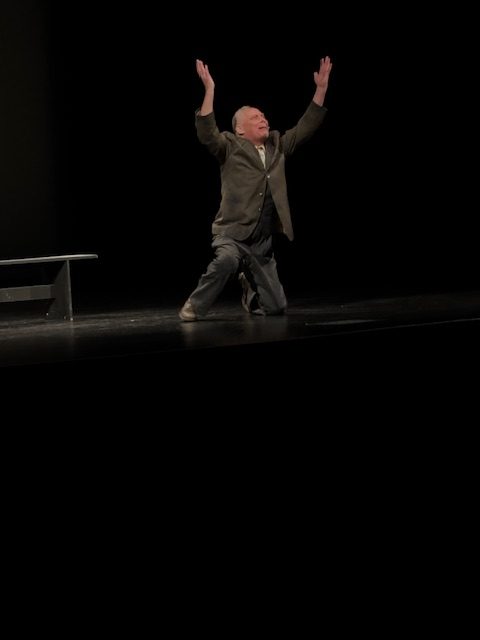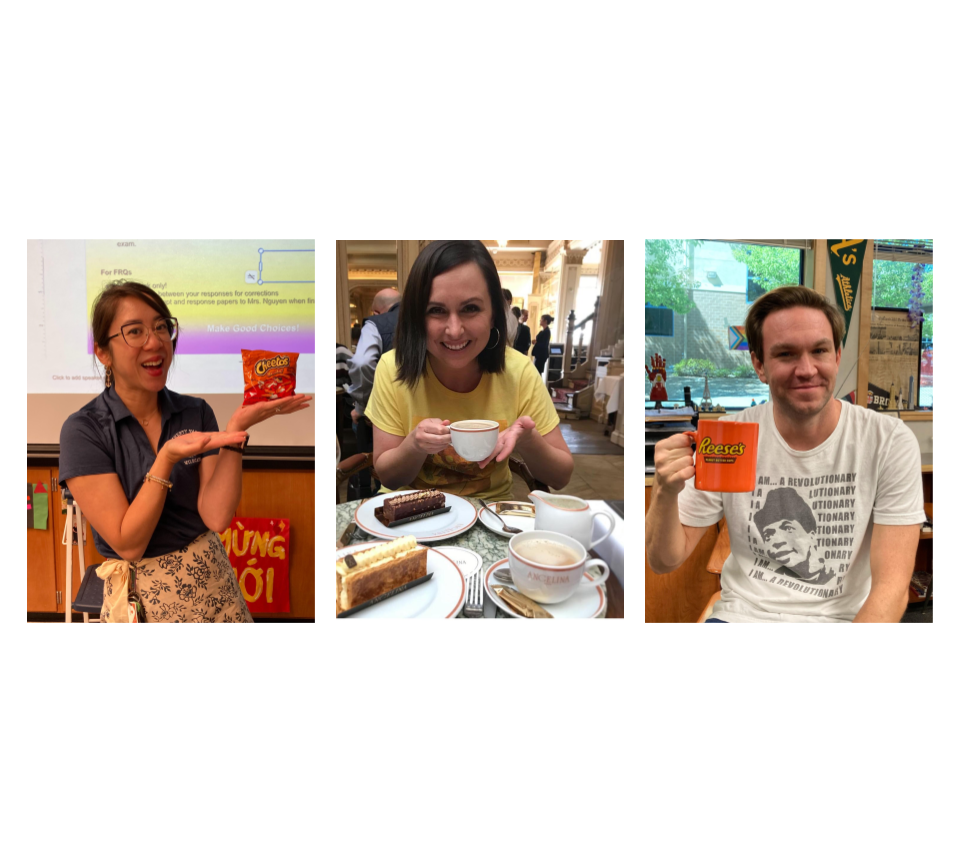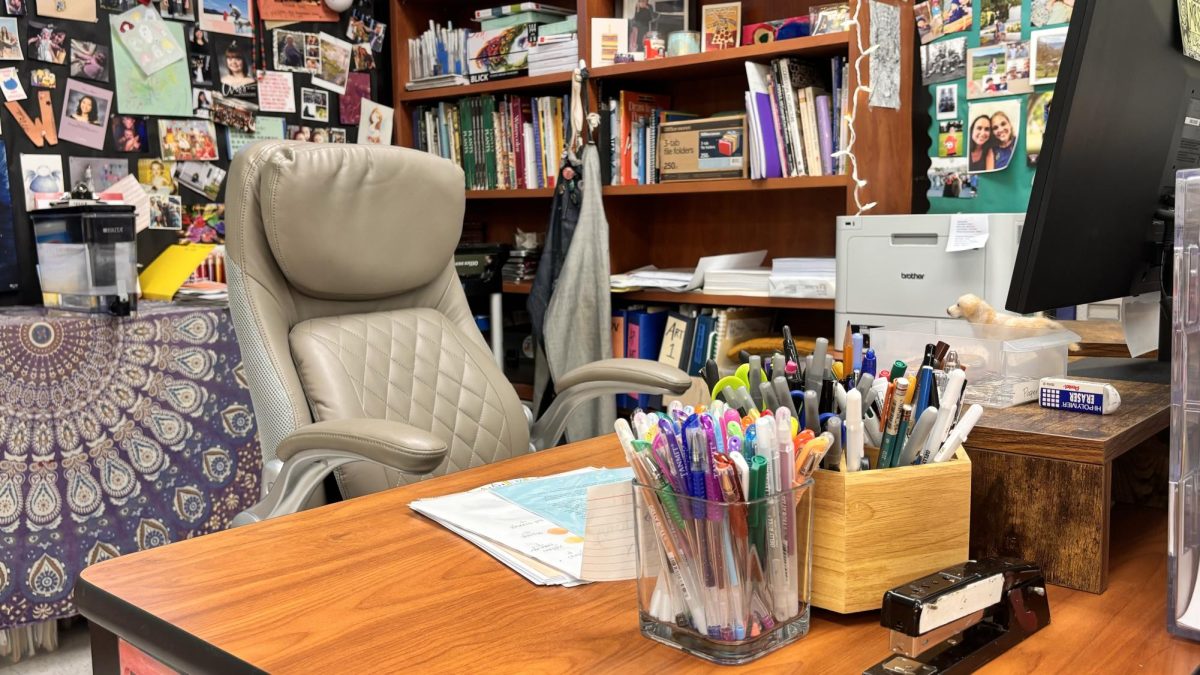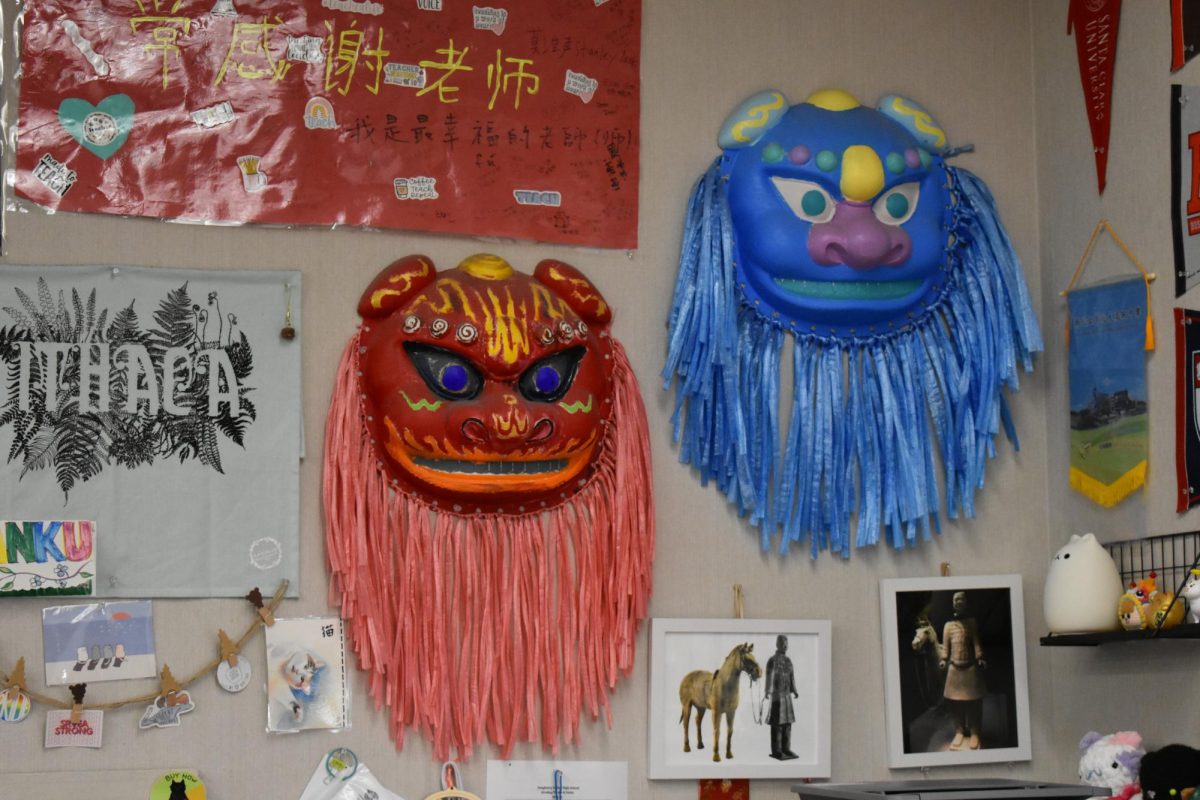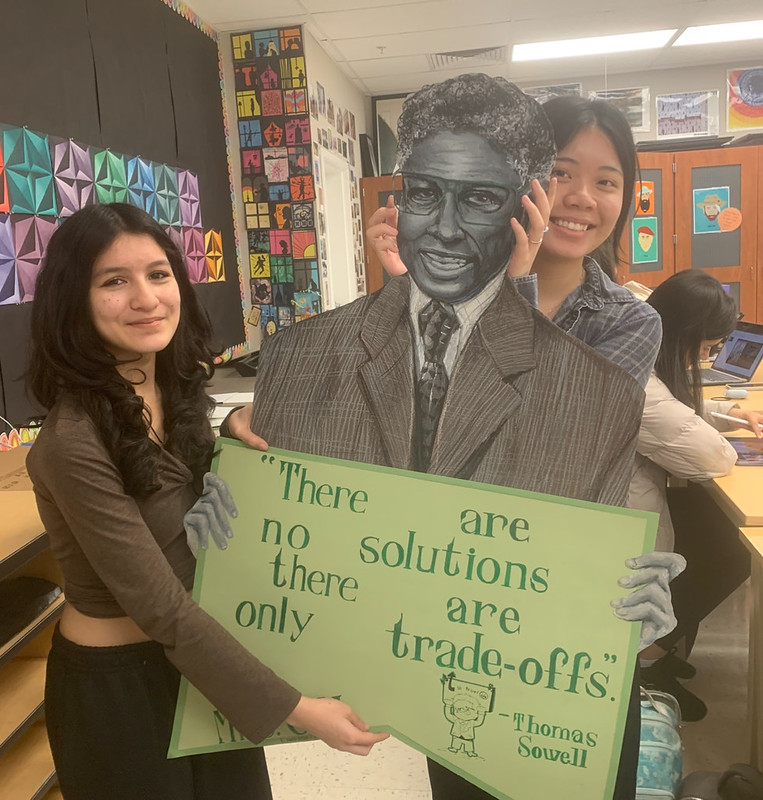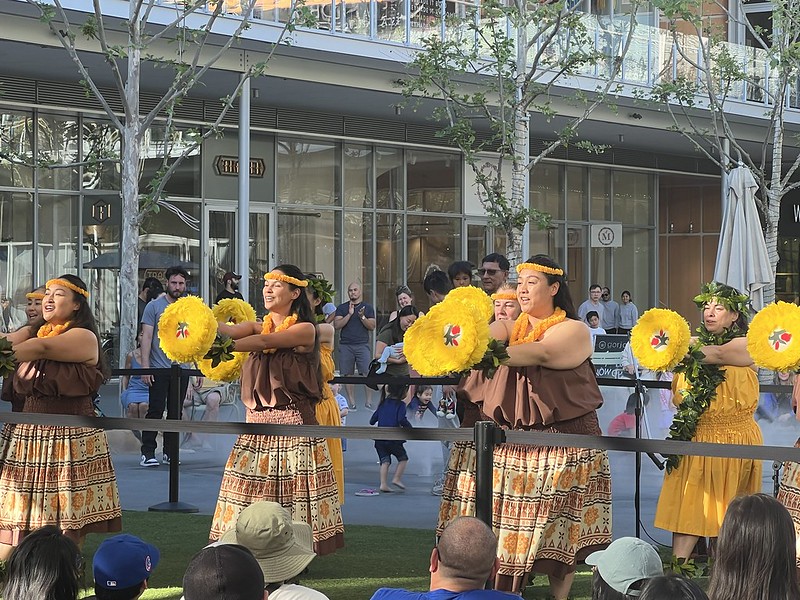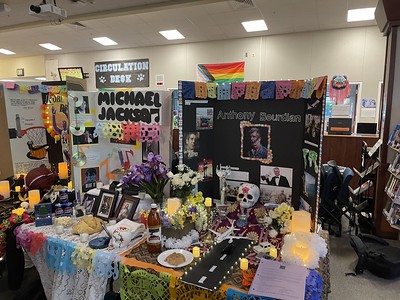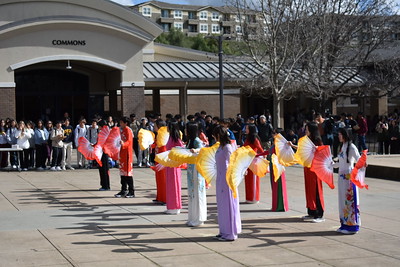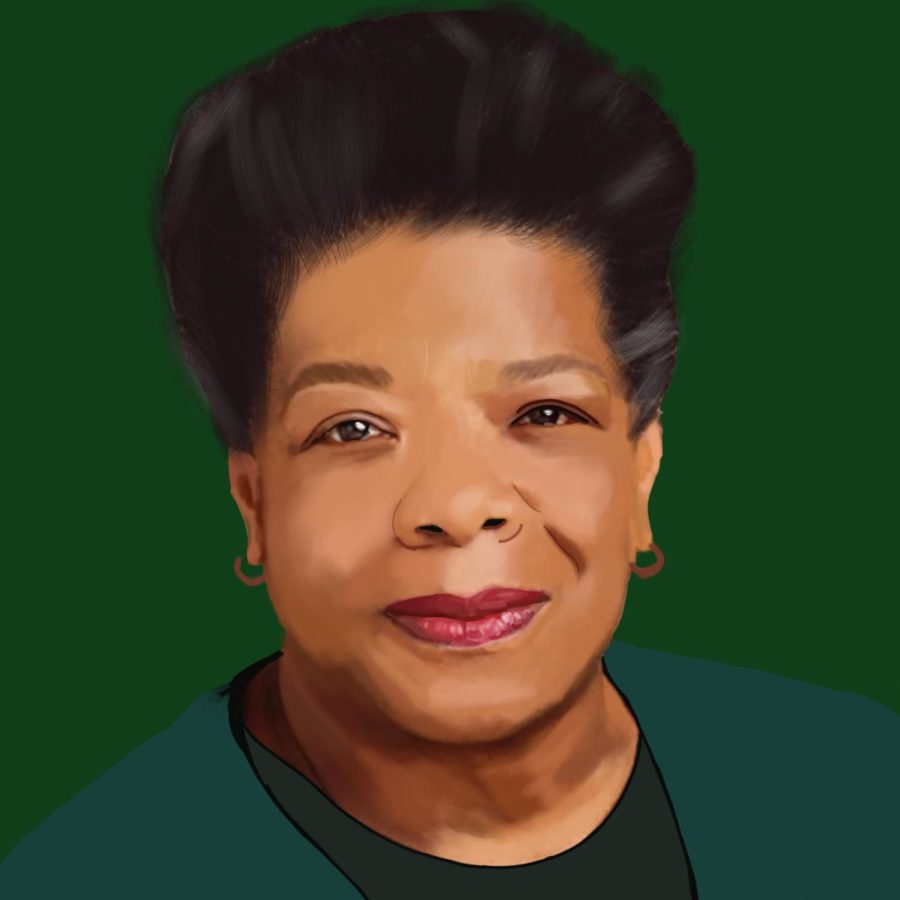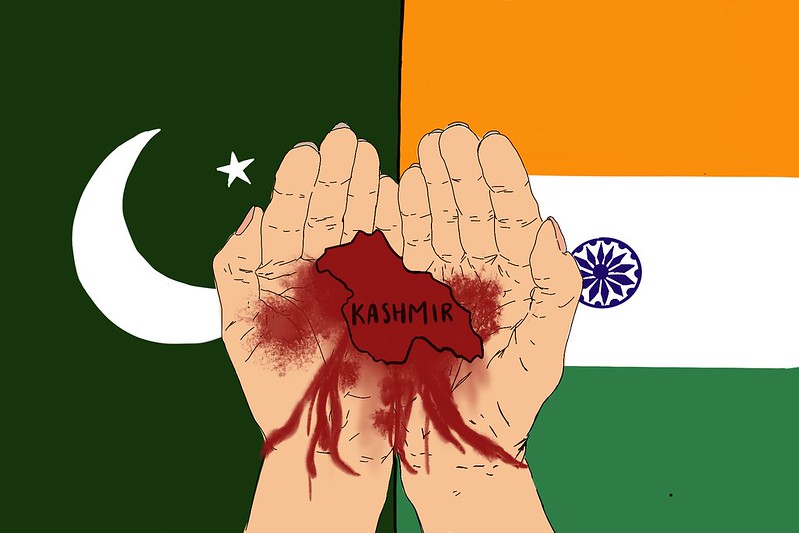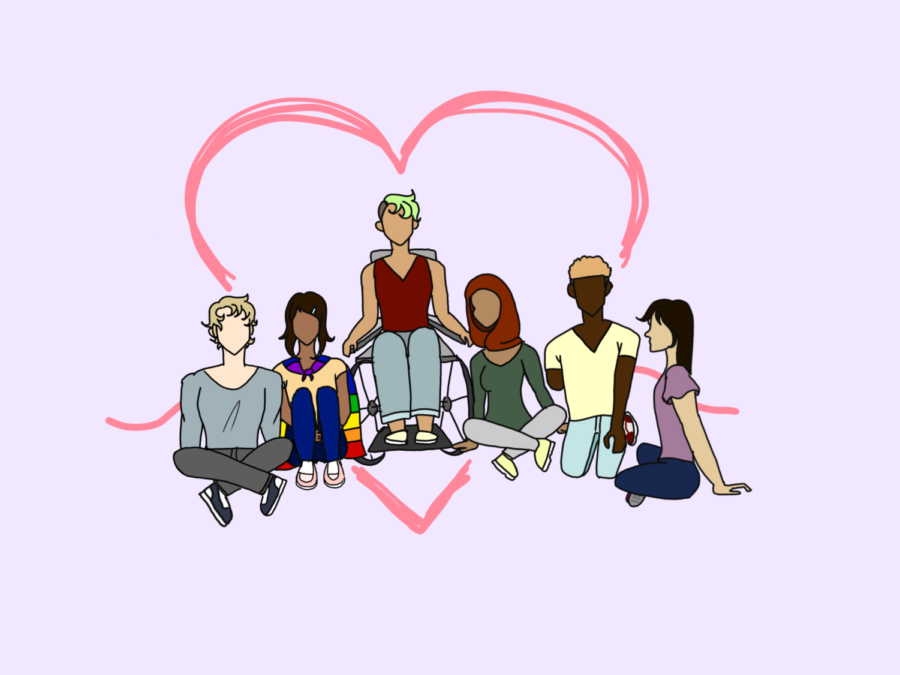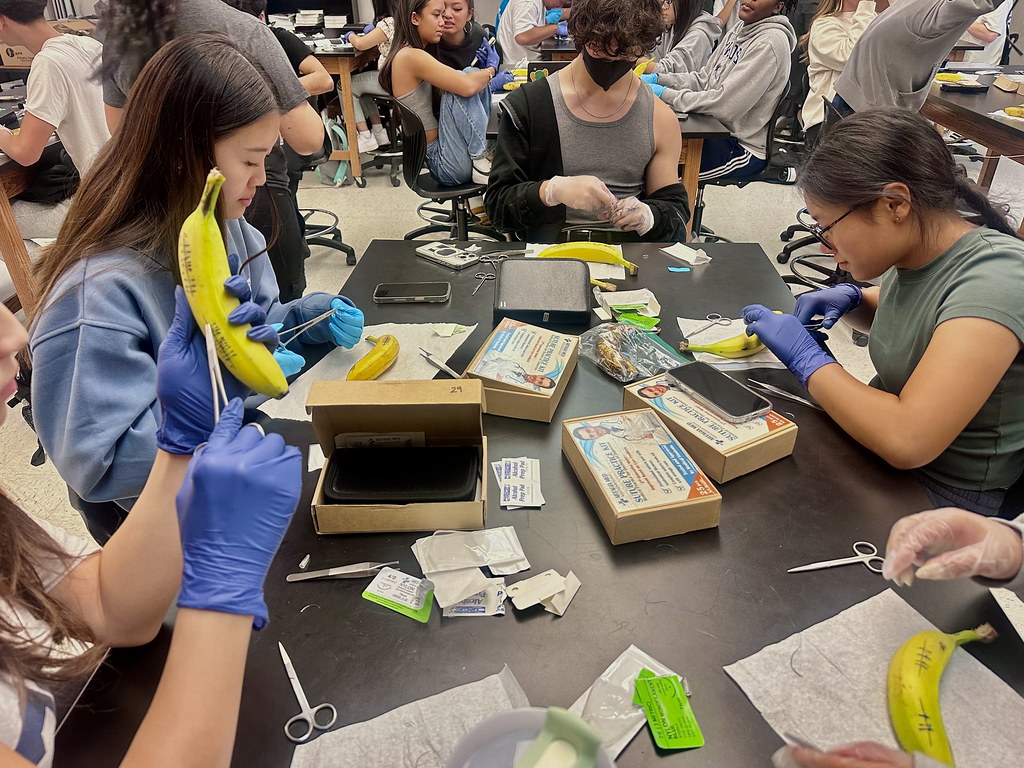The Mitzvah Project hosted an event on April 2, 2025 during third period in the Dougherty Valley Performing Arts Center that was attended by over 330 students. The two part event included a one-man play and a presentation revolving around the Holocaust, along with an optional Q and A session during Access.
The Mitzvah Project is an organization that aims to tell the stories of both the Holocaust survivors as well as the individuals who succumbed to the atrocities of this major historical event. They also go school to school to educate students and give them a different perspective beyond just what the history textbooks usually talk about.
“What inspired me [to create this organization] was that my mother was a German Jew and was one of the slaves in Auschwitz. She barely survived,” Roger Grunwald, a co-founder of the Mitzvah Project, explained.
During the play portion of the presentation at DVHS, stage performer Victor Talmadge (known for playing Rau Rasmussen in Hidalgo and Asahf in Star Trek: Enterprise) played the role of a German Jew who had a Jewish father and a Christian mother, which led to him being called a “mischling.” This was a derogatory term used by Germans that meant half-bred or mongrel, especially during the time of their assimilation into their forced-upon culture. Additionally, it also focused on the various kinds of prejudices individuals faced during that time period and the ways it affected the outlook they had of life both in the present and future.
During the lecture portion of the presentation, Talmadge shared that to further assimilate, between the years 1800-1900, more than 84,000 Jews found themselves to be converting to Christianity as a means of fitting in and becoming a part of a country rather than remaining a separate group. On top of that, Talmadge also shared some of his own experiences as someone who has come from a long line of Holocaust survivors, as well as some of the important people who played major roles in his life both indirectly and directly at the time.
The story that Talmadge presented through his one-man play showcases the voices of the many survivors of the Jewish genocide: The Holocaust. Talmadge highlighted that there were 3.3 million Jews in 1939, but after the Holocaust, 90% were dead with only 380,000 left alive. The SS held a high position within camps as the guards of areas like Auschwitz and acted like authoritative figures for the Nazi regime led by Adolf Hitler. Talmadge illustrated the importance of understanding the role of power in a place where mass killings were occurring out of hate and spite by considering the symbolism of hands. He also emphasizes the different roles the hand plays based on the historical context of the time.
“A hand is burdened by the weight of society,” he stated. “Good Germans used their hands to do the Nazi salute.”
Chiune Sugihara, on the other hand, was someone who Talmadge respected and appreciated.
“Sugihara was a Japanese diplomat who befriended the Jews and saved over 2,000 of them by issuing them exit visas, providing them with safe passage out of Lithuania,” he stated.
Talmadge’s own great-uncle David Oler was a Sonderkommando prisoner and survived his experiences at the prison, despite being forced to assist in gas-filled chambers and move around dead bodies at crematoriums, which was what these particular prisoners were known for historically. To further emphasize the gravity of the situation, Talmadge showed some slightly graphic photos of the cruel occurrences that were going on in Auschwitz to depict the struggles his great-uncle had to go through.
As the lecture portion of the presentation wrapped up, some students expressed curiosity about whether Hitler’s death led to the downfall of anti-Semitism. So, as the Access bell rang, the Q&A session opened up and discussions began.
“It [anti-Semitism] has existed for over centuries, including Biblical contexts and will continue to go on. When people know they can make you afraid, they can control you,” he said.
Social studies teachers brought their students to the event to gain more insight on the history of the Holocaust, and talk about why it mattered to them.
“I agreed to do this because I feel as though the Holocaust is obviously an important topic and not many Holocaust survivors are left, so I think their story is getting harder for students to appreciate,” Holly Herrington, an AP Government and World History teacher at DVHS, said.
Students attending the presentation seemed to take away important messages from it too.
“It was very informative. I think it’s a very important story to know, and I also think there’s a lot of stories that have been towards bringing as much attention as the Holocaust,” states a sophomore student who attended the presentation.
Overall, the Mitzvah Project tied together themes of family, history, loss, and survivorship. Some of the key takeaways revolved around the importance of survival and the overall impact the Holocaust had on the Jews at the time.
“People are going to believe what they are going to believe and we’re not trying to convince people or anything. We don’t control that, but the best we can do is to share this history because there’s a link between the roots of prejudice and the Holocaust,” Grunwald explained.

